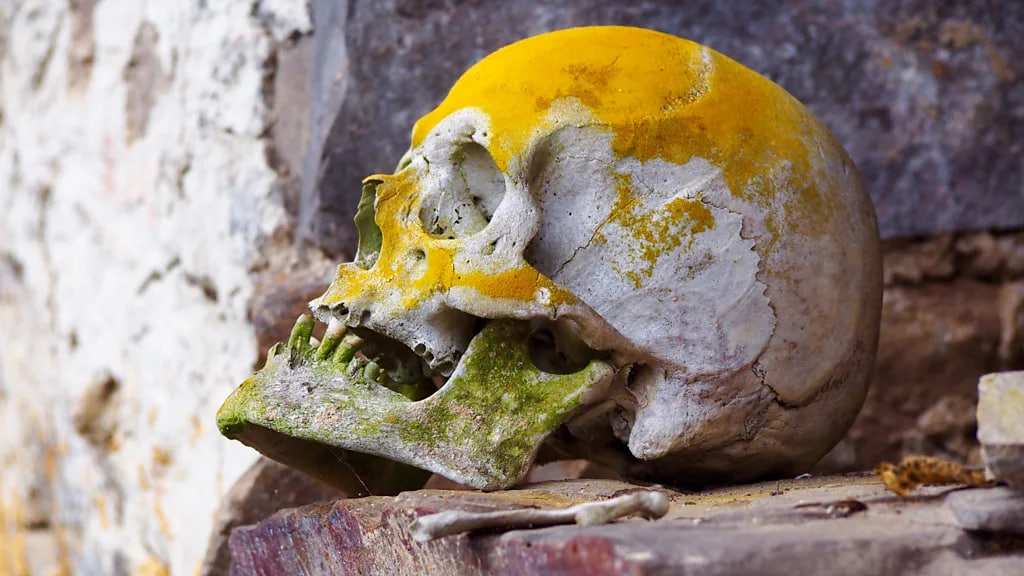 Krista Eleftheriou
Krista Eleftheriou
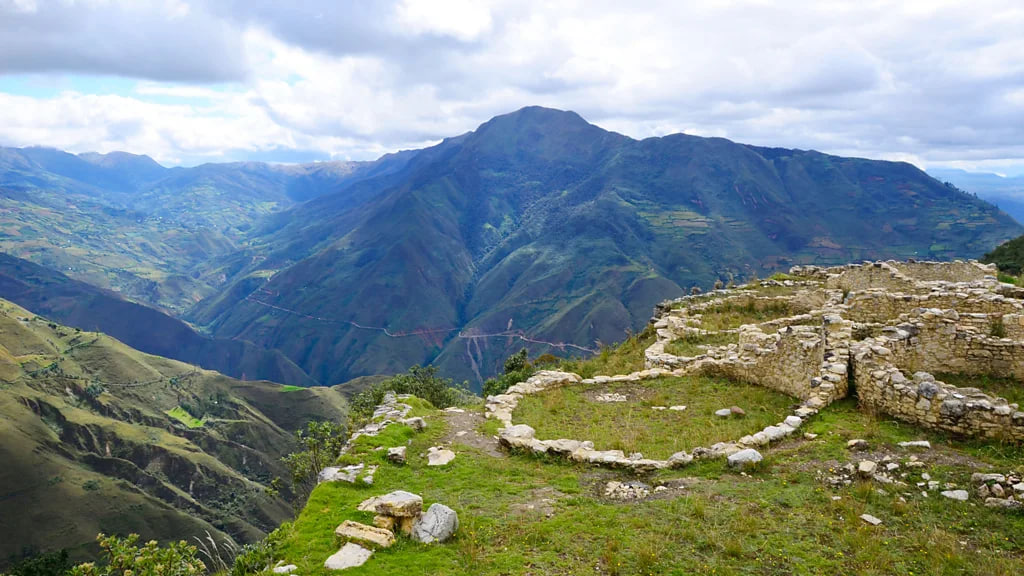 Michael-John von Horsten/Alamy
Michael-John von Horsten/Alamy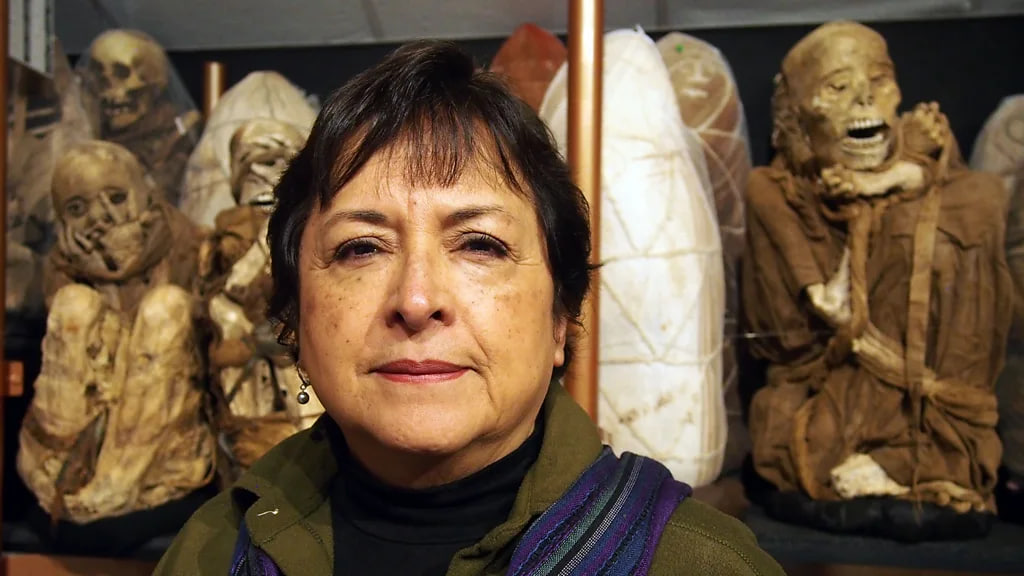 Krista Eleftheriou
Krista Eleftheriou
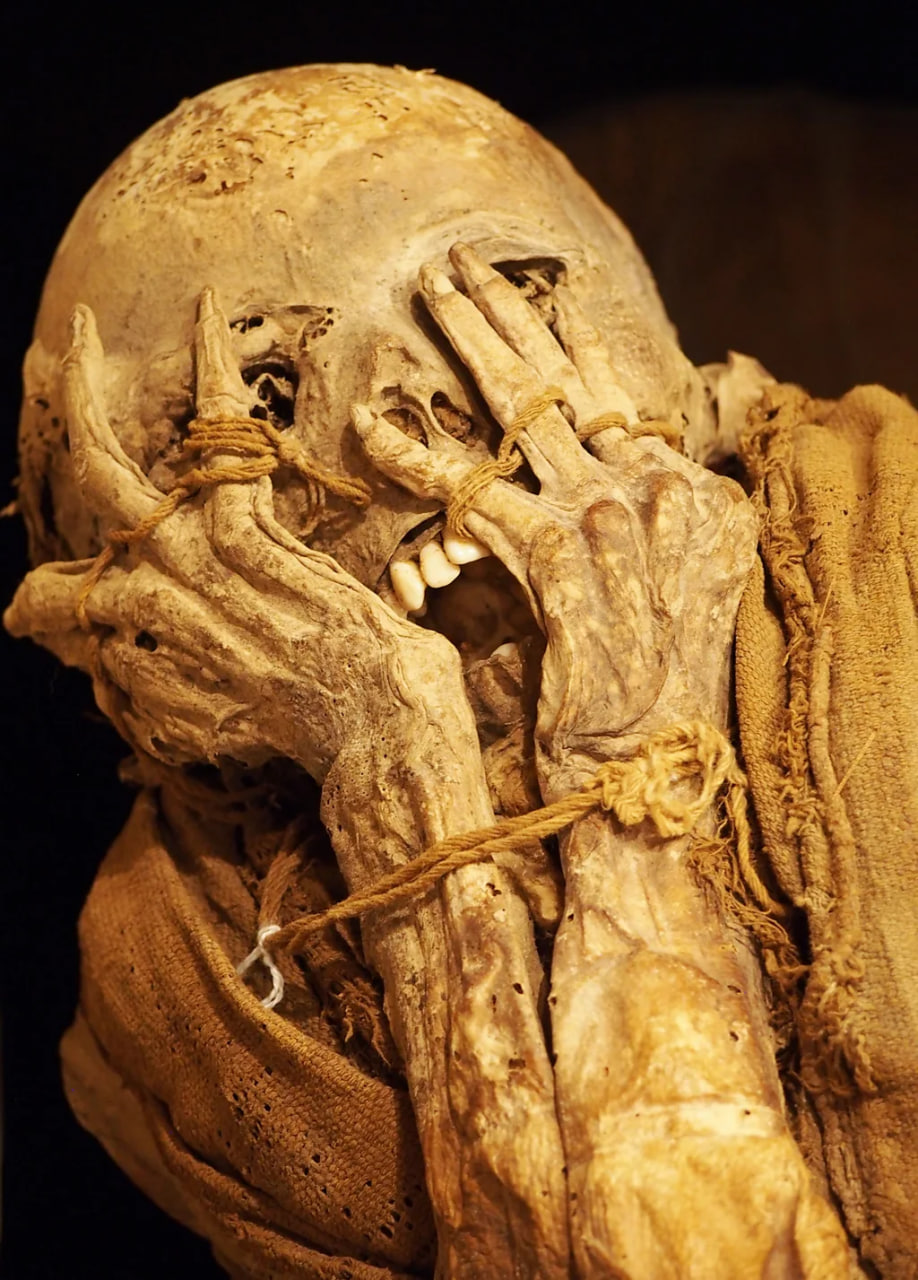
Krista Eleftheriou
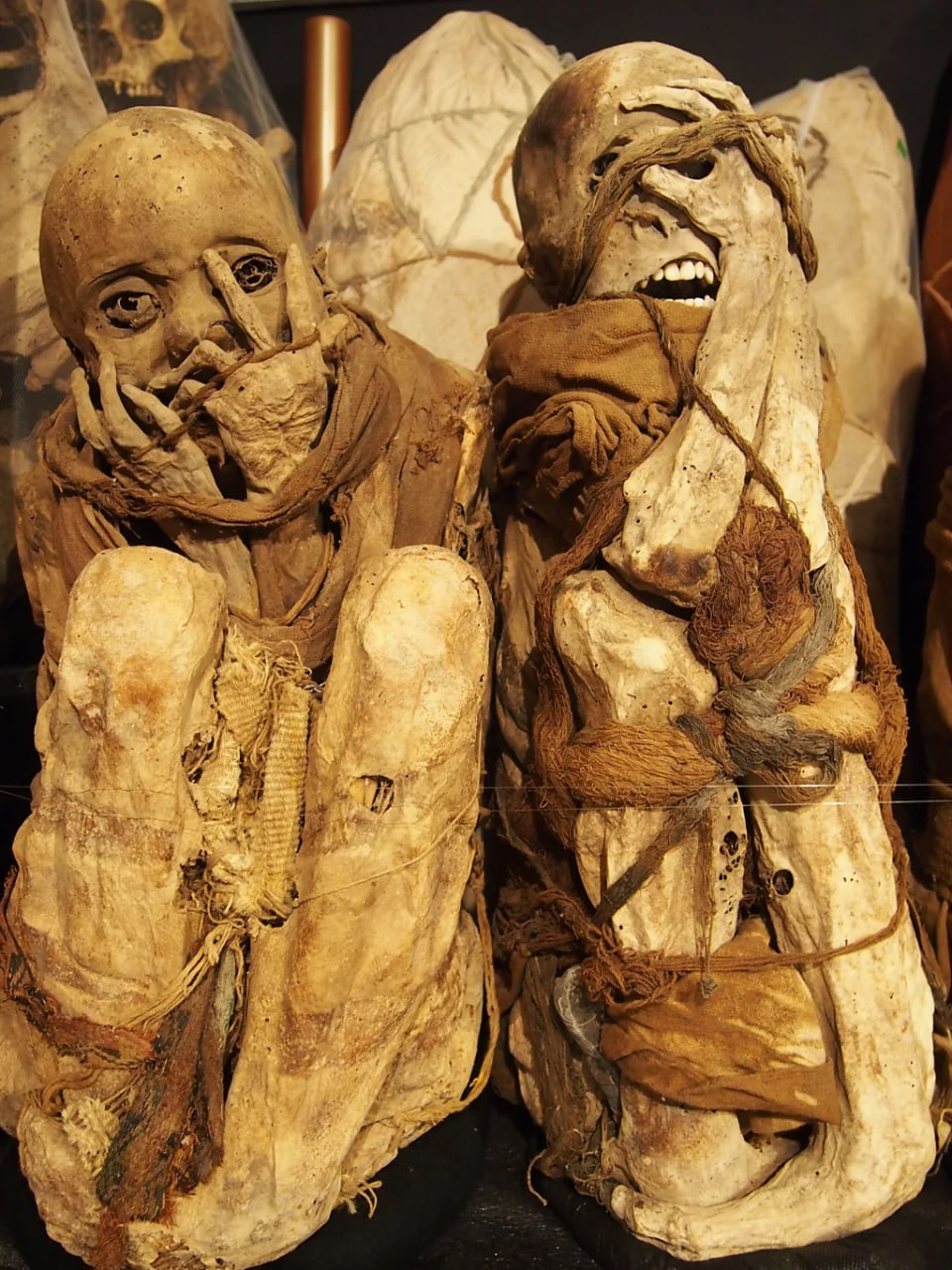 Krista Eleftheriou
Krista Eleftheriou
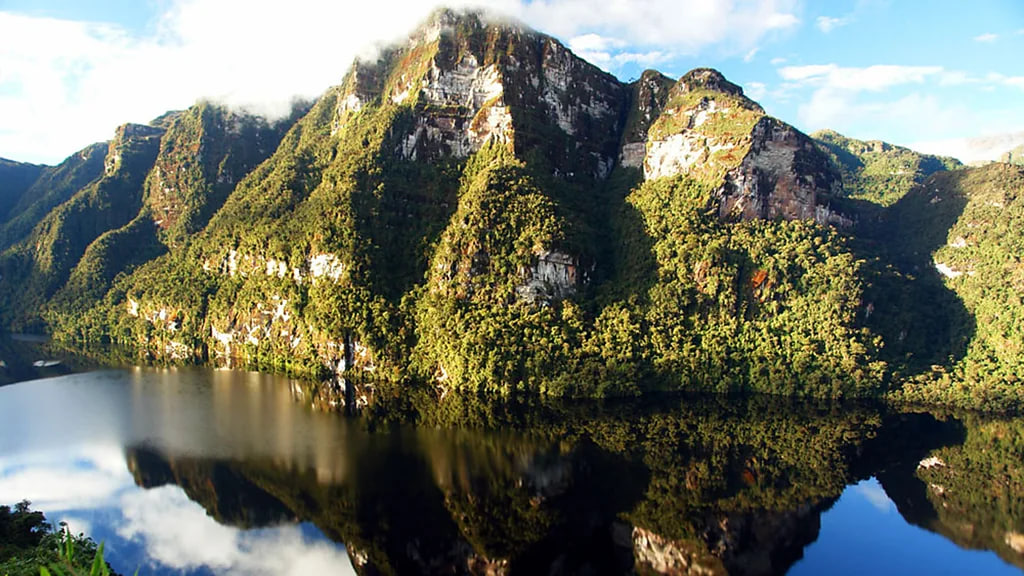
Carlo M Inga
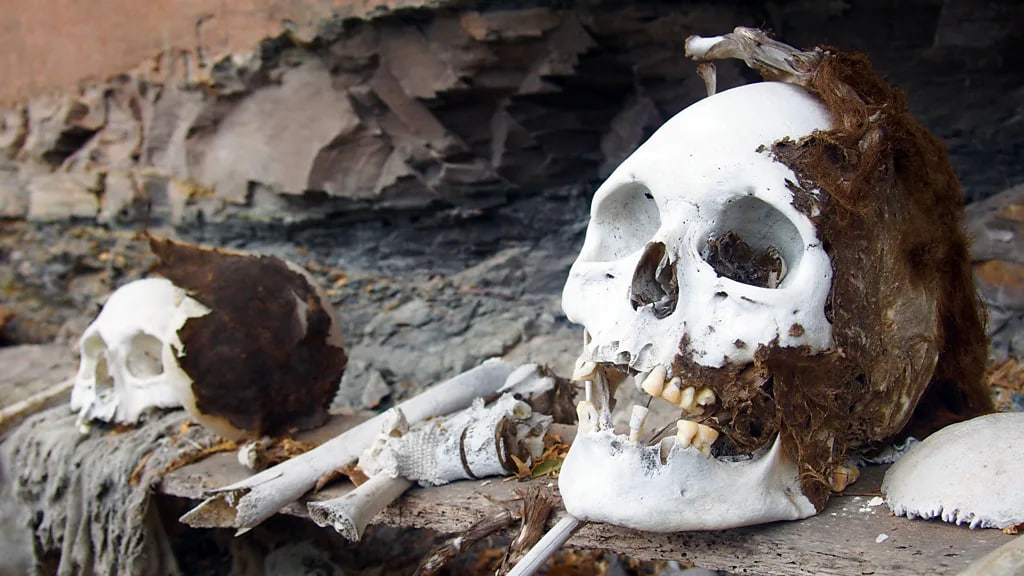 Krista Eleftheriou
Krista Eleftheriou
Krista Eleftheriou
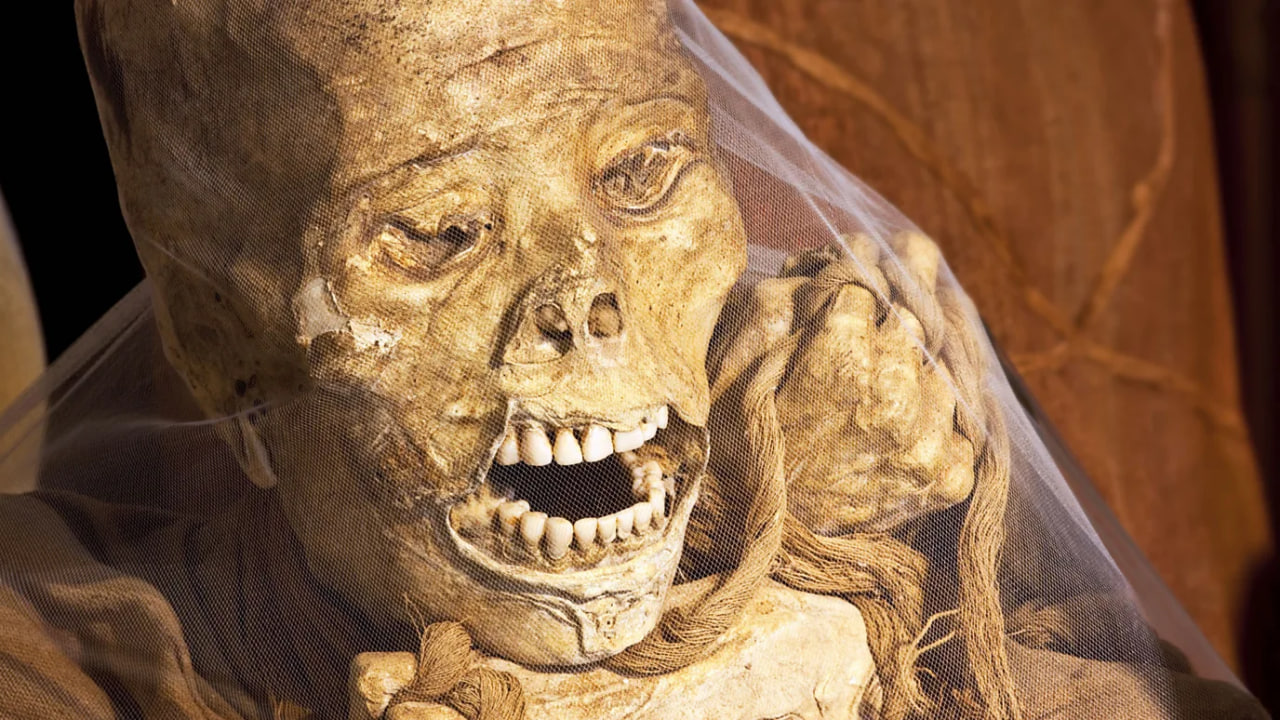
Frans Lemmens/Alamy
 Krista Eleftheriou
Krista Eleftheriou
 Michael-John von Horsten/Alamy
Michael-John von Horsten/Alamy Krista Eleftheriou
Krista Eleftheriou

Krista Eleftheriou
 Krista Eleftheriou
Krista Eleftheriou

Carlo M Inga
 Krista Eleftheriou
Krista Eleftheriou
Krista Eleftheriou

Frans Lemmens/Alamy